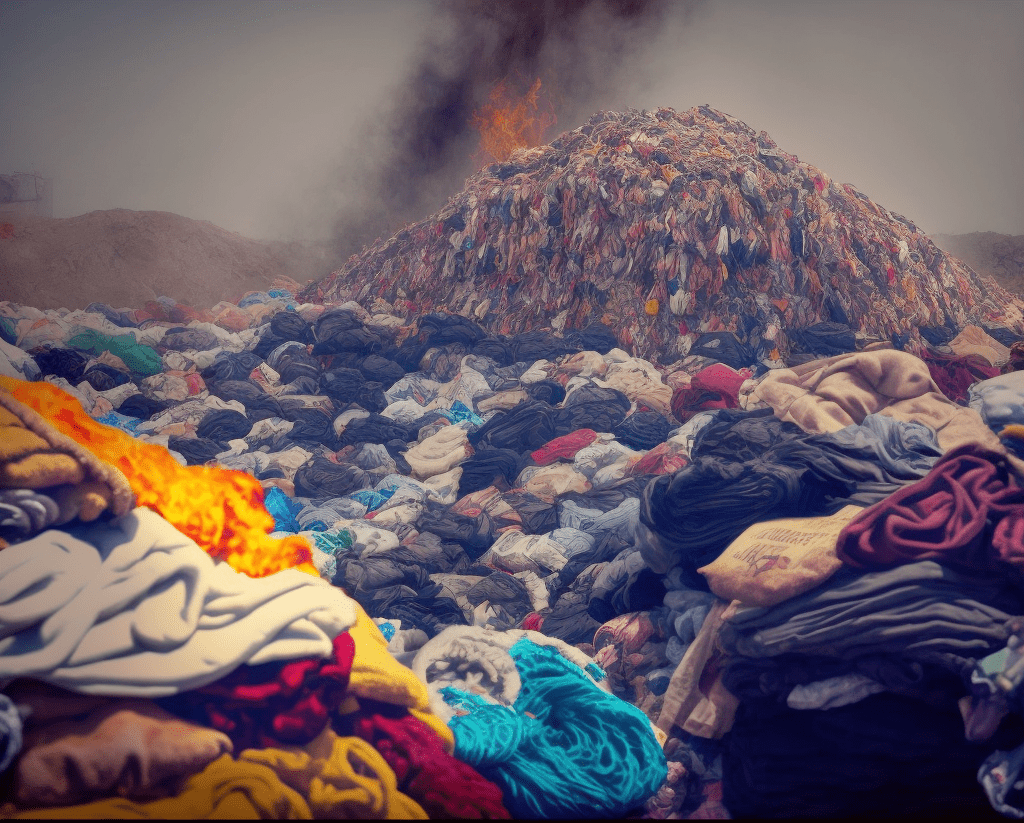
Einführung
The fashion industry has long been criticized for its environmental impact and waste generation. In response to growing concerns and an increasing demand for eco-friendly options, many brands, including giants like Zara and Nike, have pledged to use sustainable fabrics in their products before 2025. This blog post will explore popular sustainable materials, vegan and cruelty-free alternatives, eco-friendly dyes, and the role of circular fashion in the future of the industry.
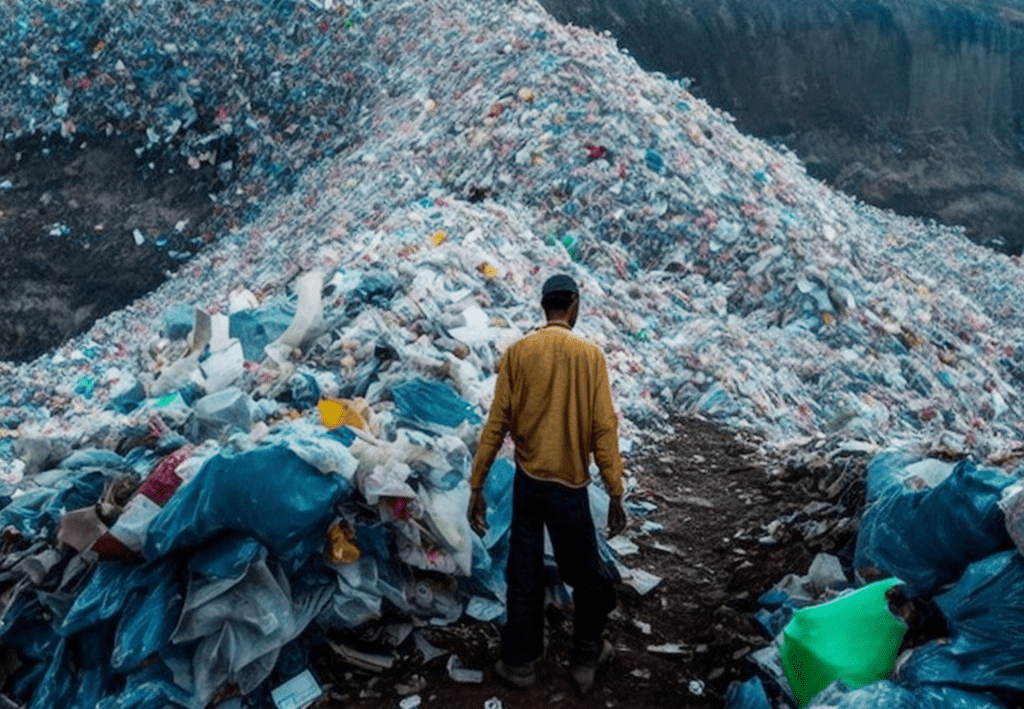
Popular Sustainable Fabrics
A. Organic Cotton
Organic cotton offers several environmental benefits compared to conventional cotton, such as reduced pesticide use and water consumption. It is produced through a more responsible process, ensuring soil health and biodiversity preservation. The Global Organic Textile Standard (GOTS) certifies organic cotton, guaranteeing its environmentally friendly and ethical production.
B. Bamboo Fabric
Bamboo fabric is another sustainable option, derived from the fast-growing bamboo plant. It is biodegradable, hypoallergenic, and highly absorbent. The production process involves minimal chemical use, and responsible sourcing ensures that the fabric’s environmental impact is minimized.
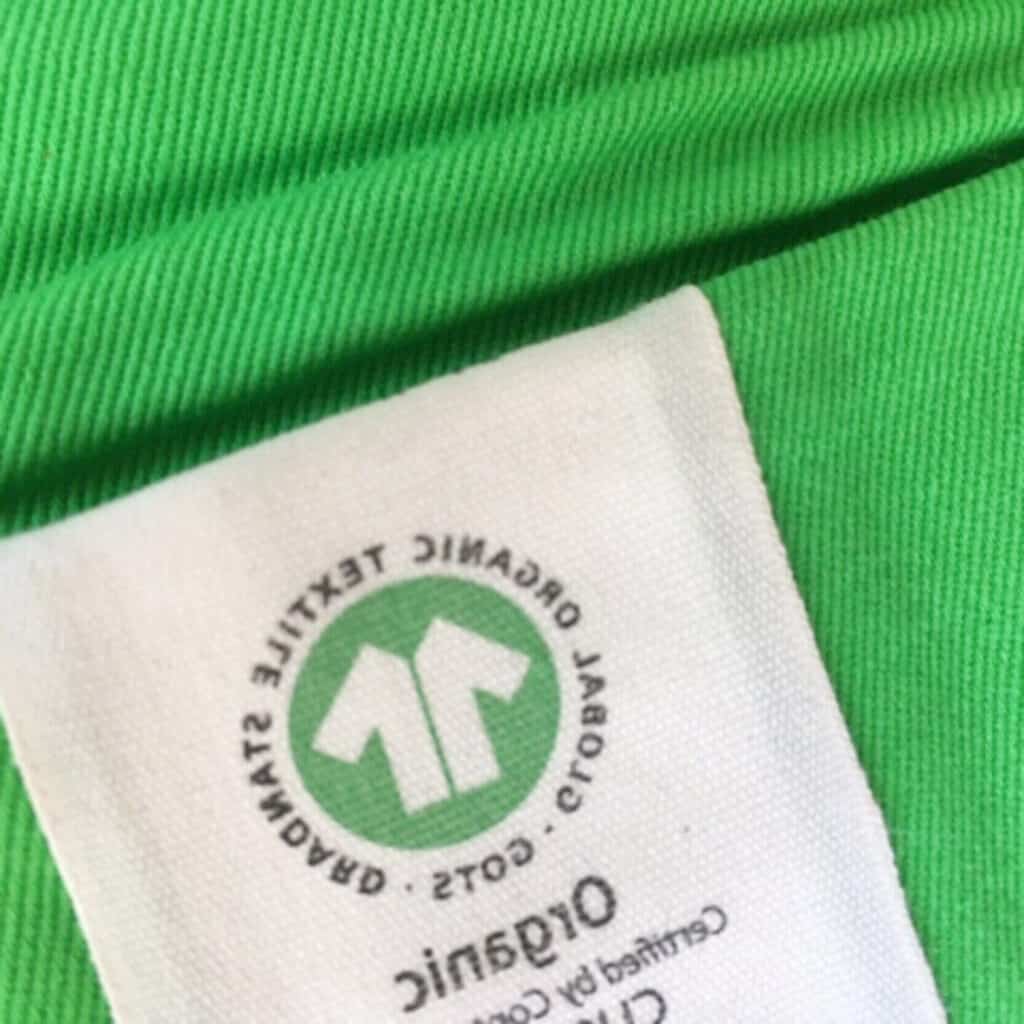
C. Hemp Fabric
Hemp fabric is made from the fibers of the hemp plant, a highly versatile and sustainable crop. It requires little water and no pesticides, making it an eco-friendly option. Additionally, hemp farming supports regenerative agriculture, contributing to soil health and carbon sequestration.
D. Tencel / Lyocell
Tencel and Lyocell are derived from wood pulp, using a closed-loop production process that conserves water and reduces chemical waste. These fabrics are soft, breathable, and biodegradable, making them popular choices for eco-conscious consumers.
E. Recycled Polyester
Recycled polyester is an innovative solution to textile waste. It repurposes secondhand clothing and waste plastic to create new polyester fibers, reducing the need for virgin materials. Many textile recycling initiatives support this fabric’s production, lowering the fashion industry’s overall environmental impact.

Vegan and Cruelty-Free Materials
A growing number of consumers are seeking cruelty-free and vegan materials that do not involve animal harm. Alternative leather options, like mushroom leather and Piñatex, are gaining popularity for their sustainability and ethical production. Synthetic and plant-based fibers also offer viable alternatives to animal-derived materials, such as silk and wool. Ensuring animal welfare in the production process is essential for creating a more ethical fashion industry.
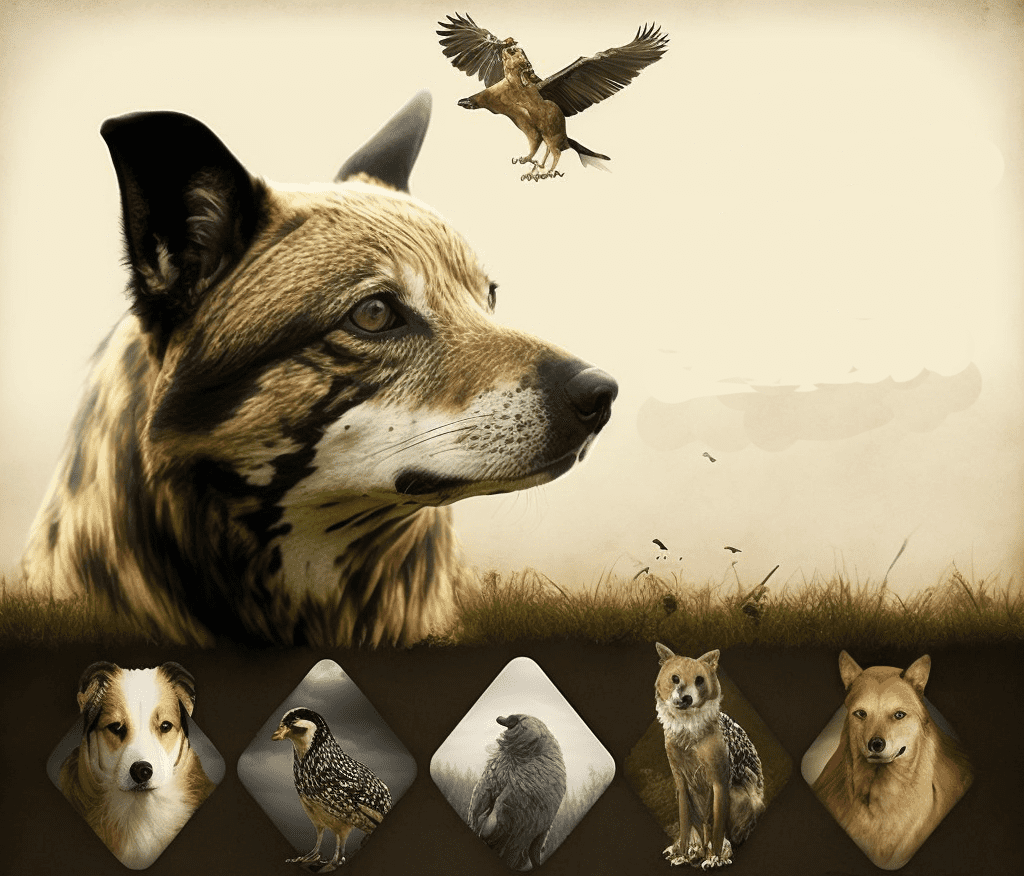
Natural Dyes and Eco-Friendly Finishing
A. Natural dyes are derived from plants, insects, and minerals, offering a more sustainable alternative to synthetic dyes. These dyes have a lower environmental impact and often result in unique and beautiful colors.
B. Innovations in dyeing technology, such as waterless dyeing and digital textile printing, can reduce water consumption and chemical waste in the dyeing process.
C. The OEKO-TEX certification guarantees that textiles are free from harmful substances, ensuring that products are safe for consumers and the environment.

Circular Fashion and Zero-Waste Design
A. Upcycling and textile recycling help to extend the life of materials and reduce waste in the fashion industry. Designers are increasingly embracing these concepts to create unique and eco-friendly garments.
B. Cradle-to-cradle design considers the entire lifecycle of a product, aiming for materials to be endlessly recycled or returned to nature without harm.
C. Water conservation and carbon footprint reduction are essential aspects of creating a more sustainable fashion industry. Brands are increasingly adopting strategies to minimize their impact on the environment.
The Slow Fashion Movement
A. The slow fashion movement focuses on quality, durability, and timeless design, encouraging consumers to invest in pieces that will last for
years. This approach reduces the demand for fast fashion and its associated waste.
B. A consumer mindset shift is necessary to support sustainable fashion. Consumers should prioritize long-lasting, eco-friendly garments over disposable, trend-driven items.
C. Supporting local artisans and designers helps to promote sustainability by reducing the carbon footprint associated with transportation and encouraging traditional, environmentally friendly production methods.
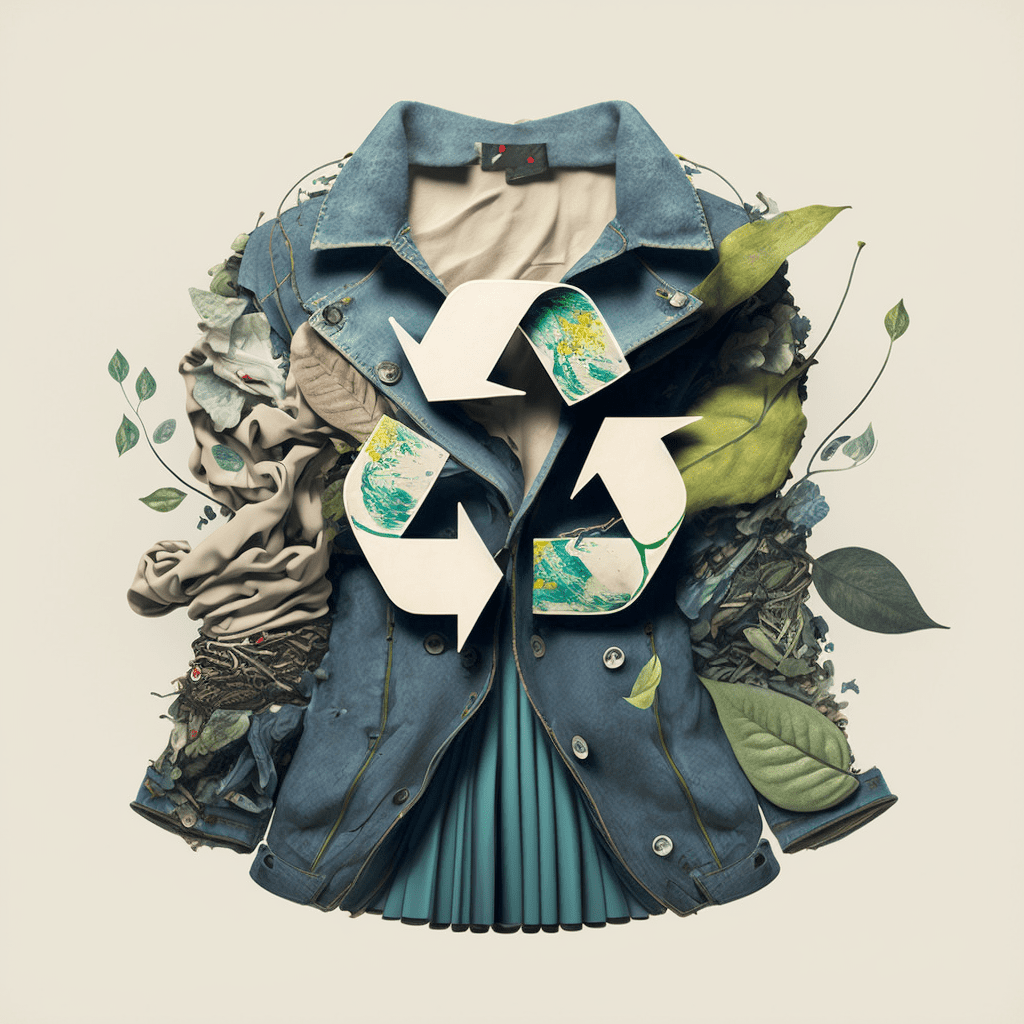
Abschluss
The future of sustainable fashion lies in embracing eco-friendly fabrics, innovative production methods, and ethical practices. As consumers become increasingly aware of the environmental impact of their clothing choices, the demand for sustainable options will continue to grow. It is essential for both industry leaders and consumers to promote change and encourage innovation in sustainable fabrics and practices, paving the way for a greener, more ethical fashion industry.
























